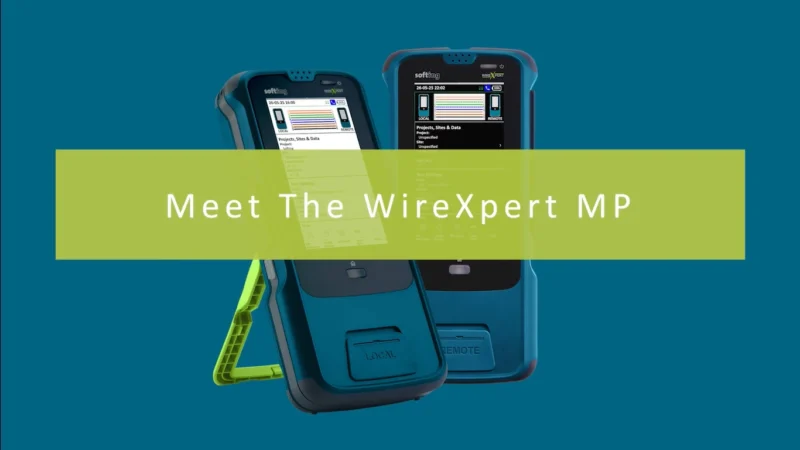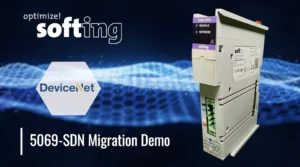Leveraging IoT Data to Revolutionize Product Development
Internet of Things (IoT) devices were conceived for connectivity—offering users a convenient way to manage everything across one network. It allows for true interoperability. While that was the initial focus of IoT development, there is also an additional benefit, data. Big data opens up new opportunities for businesses to understand how consumer IoT devices are used. These insights may propel brands to introduce new products or services as well as update existing ones. Here’s a look at how organizations are using this data to fulfill customer needs.
Vivint SmartHome
Vivint SmartHome connects all a home’s IoT devices for a monthly subscription fee. It has grown tremendously among smart home players, serving millions of homeowners. For this service, IoT data is collected, including stream data, by Vivient. While this data is massive, it has been able to leverage it by putting it on a platform to see real-time insights, according to a Datameer. The company is learning how devices are used together, influencing how it designs systems to meet user needs.
Bosch Power Tools
Can data from connected lawnmowers really shape business? For Bosch Power Tools, the answer is yes. It began to collect data to understand the typical size of a yard. What it found is that the product it offered wasn’t ideal for the size of the landscape. It influenced the company to develop a new product to better serve that need.[1]
Coca-Cola Vending Machines
You may be surprised learn that Coca-Cola vending machines have been smart for a while, since the infancy of the internet. But it was not harnessing data as it is now in the age of IoT. In 2017, the brand announced it was infusing artificial intelligence (AI) into its machines.[2] These smart machines inform the brand of what’s popular, which machines have the most usage, and more. This knowledge then helps them better locate machines and improve the customer experience.
UPS
IoT devices are improving and influencing the way the shipping company delivers. It analyzes sensor data that monitor speed, gas mileage, number of stops, engine health and more. Altogether, over 200 data points are recorded.[3] It has taken the data and used it to reduce idle time, conserve fuel, and curb emissions. The company also uses its IoT data with address data points to create its ORION (On-Road Integrated Optimization and Navigation) project, as a means to optimize delivery routes.
City of Barcelona, Spain
Park meters in the city are on a city-wide Wi-Fi network.[4] This data enables the city to provide real-time updates on where to find parking. They can also pay online. Public transportation also delivers data from its operations to smart bus stops that reflect arrival times and other information. The city has accomplished it through a big data system, which receives the data then analyze it. It’s making a difference in the everyday life of many and is a huge asset during peak times.
Study Data, Find Opportunities to Refine Products and Services
The IoT ecosystem isn’t perfect. Technology must advance before smart devices are completely incorporated into daily life. But the opportunity for big data is accessible right now. By looking at the communication and interactions between applications and how they are used, better systems can be designed. It closes the loop on product development with instant insight. To learn how to optimize devices, equipment, or processes, you have to study it. That’s exactly what the analysis of IoT data offers.
[1] https://blog.bosch-si.com/internetofthings/why-leveraging-iot-data-from-connected-products-is-key/
[2] https://www.coca-colacompany.com/stories/smart-vending-coke-readying-ai-powered-drink-machines
[3] https://pressroom.ups.com/pressroom/ContentDetailsViewer.page?ConceptType=Speeches&id=1426415450350-355
[4] http://ajuntament.barcelona.cat/barcelonawifi/en/








